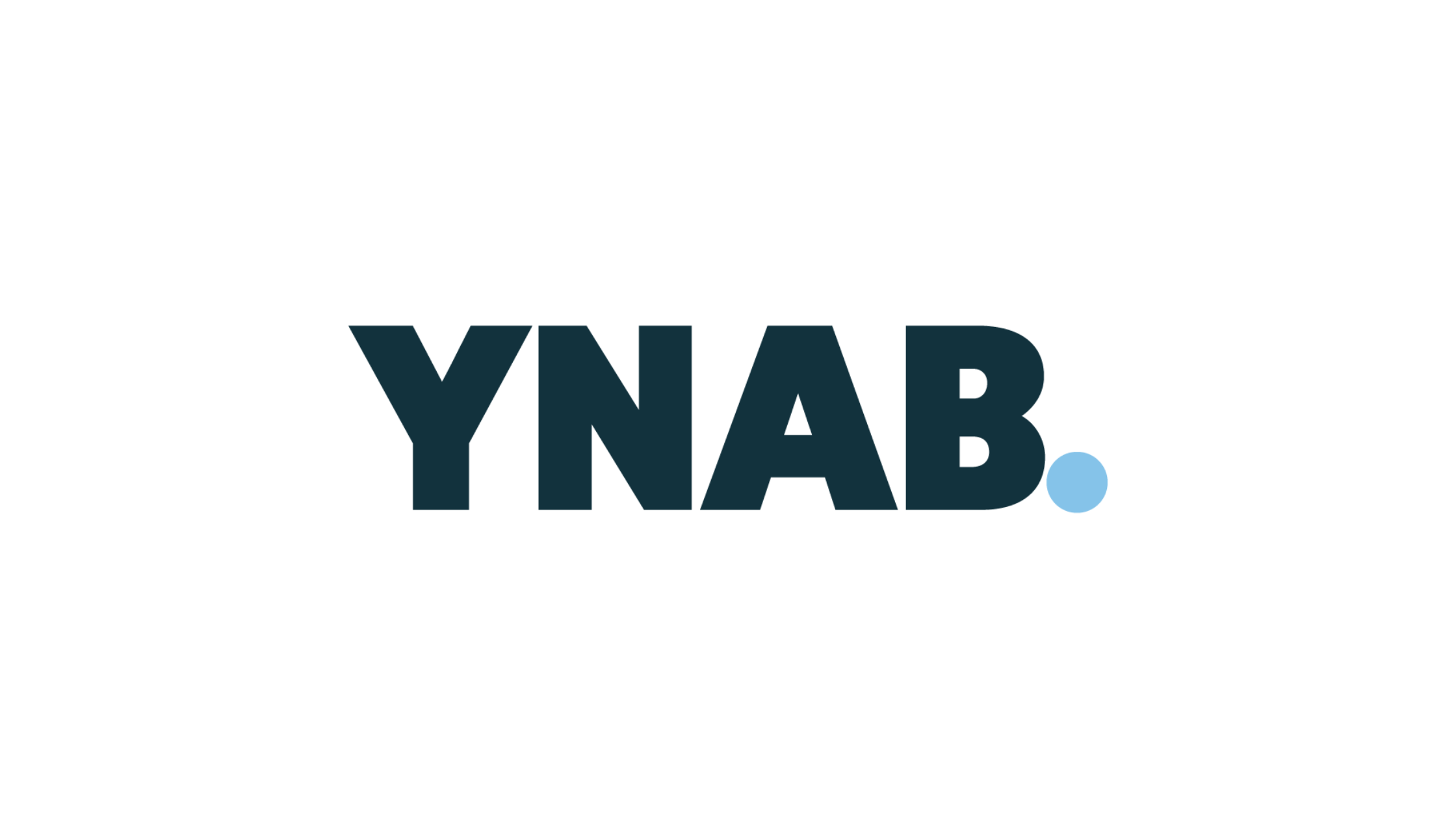Amid ongoing legal challenges to the Saving on a Valuable Education (SAVE) Plan, the Biden administration is seeking ways to reintegrate 8 million borrowers into repayment. In July, the U.S. Department of Education began phasing out Pay as You Earn (PAYE), and Income-Contingent Repayment (ICR) for most borrowers. Leaving only the SAVE Plan, Income-Based Repayment (IBR), and, under certain conditions, Income-Contingent Repayment (ICR) plans.
Recently, the U.S. Department of Education introduced an interim rule to reintroduce the Pay as You Earn (PAYE) plan and make ICR accessible to all borrowers once more, from July 1, 2024, to July 1, 2027.
UPDATE: December 19, 2024
The U.S. Department of Education has noted that they are now accepting IDR applications for PAYE and ICR. Borrowers seeking to change their repayment plan, can apply on StudentAid.gov.
SAVE Plan Hold
The SAVE Plan, the latest IDR option for federal student loan borrowers, is currently facing legal challenges and is on hold. Despite the Biden administration's commitment to defending the plan, they are aware of the urgency due to time constraints, as the inauguration of President Trump is months away. Meanwhile, President-elect Trump has a different vision for the federal student loan system and hasn't agreed with the efforts of the current administration.
The Biden administration is adopting a flexible approach to ensure ongoing support for borrowers amid this uncertainty. By temporarily reinstating the PAYE plan and expanding access to ICR, the administration aims to address the varied financial needs of borrowers, allowing them to choose the most suitable option.
What Happened to PAYE and ICR?
As of July 1, 2024, the PAYE and ICR plans were phased out. Borrowers already enrolled can continue their repayment under these plans, but no new enrollments are being accepted. An exception exists for parent PLUS Loan borrowers, who can consolidate their loans to repay them under the ICR plan. This allows borrowers who consolidated parent PLUS Loans to qualify for public service loan forgiveness (PSLF) and use an IDR option for repayment.
The Return of PAYE and ICR
The interim rule, with its narrow scope, will allow borrowers to enroll in PAYE and ICR plans through July 1, 2027. The U.S. Department of Education has indicated that this is a necessary step to help borrowers who are stuck in a repayment plan hold due to the SAVE Plan litigations. They also indicated that this interim rule allows them to meet their obligation to offer an income contingent repayment option for their federal student loan.
We expect the return of PAYE and ICR in the about 30 days, sometime in mid-December. The Department is exercising its authority for an early implementation, and they expect the rule to take effect on Dec. 16, 2024. Currently, the interim final rule is out for comment, and public comments will be accepted through Dec. 16. 2024.
Will These IDR Plans Offer Forgiveness?
Addressing this question is somewhat complex. The legal challenges to the SAVE Plan also contest the forgiveness opportunities under the PAYE and ICR plans. Although these challenges might threaten loan forgiveness under these plans, forgiveness available through the IBR plan or using these plans for PSLF eligibility remains unaffected at this time.
The SAVE, PAYE, and ICR plans derive their authority from the Higher Education Act, where forgiveness is not explicitly guaranteed, unlike the IBR plan, which is detailed within the Act. The 8th Circuit Court's preliminary injunction against the SAVE Plan indicates agreement with the district court that interpreting these plans to allow forgiveness is questionable, particularly considering that other sections of the Higher Education Act explicitly provide for student loan forgiveness.
Student Loan Repayment Strategy
The Biden administration continues to strive for federal student loan repayment relief before the end of the president's term. This news offers options for SAVE Plan borrowers who have been at a standstill. Many who switched from SAVE to PAYE or ICR, have found themselves in administrative forbearance with limited options to resume repayment under an IDR plan. This new effort provides a solution for borrowers to return to repayment, while still allowing them the choice to remain in the SAVE Plan and under administrative forbearance until a legal decision is reached.
It is anticipated that the Trump administration will not pursue the SAVE Plan or broad student loan forgiveness legal challenges once he assumes office. Although the new administration may introduce changes to student loan repayment policies, they could still face legal challenges or congressional hurdles in implementing their plans.
For now, we must wait to see what options will become available to borrowers. Borrowers need to remain informed about what options are available to them.







